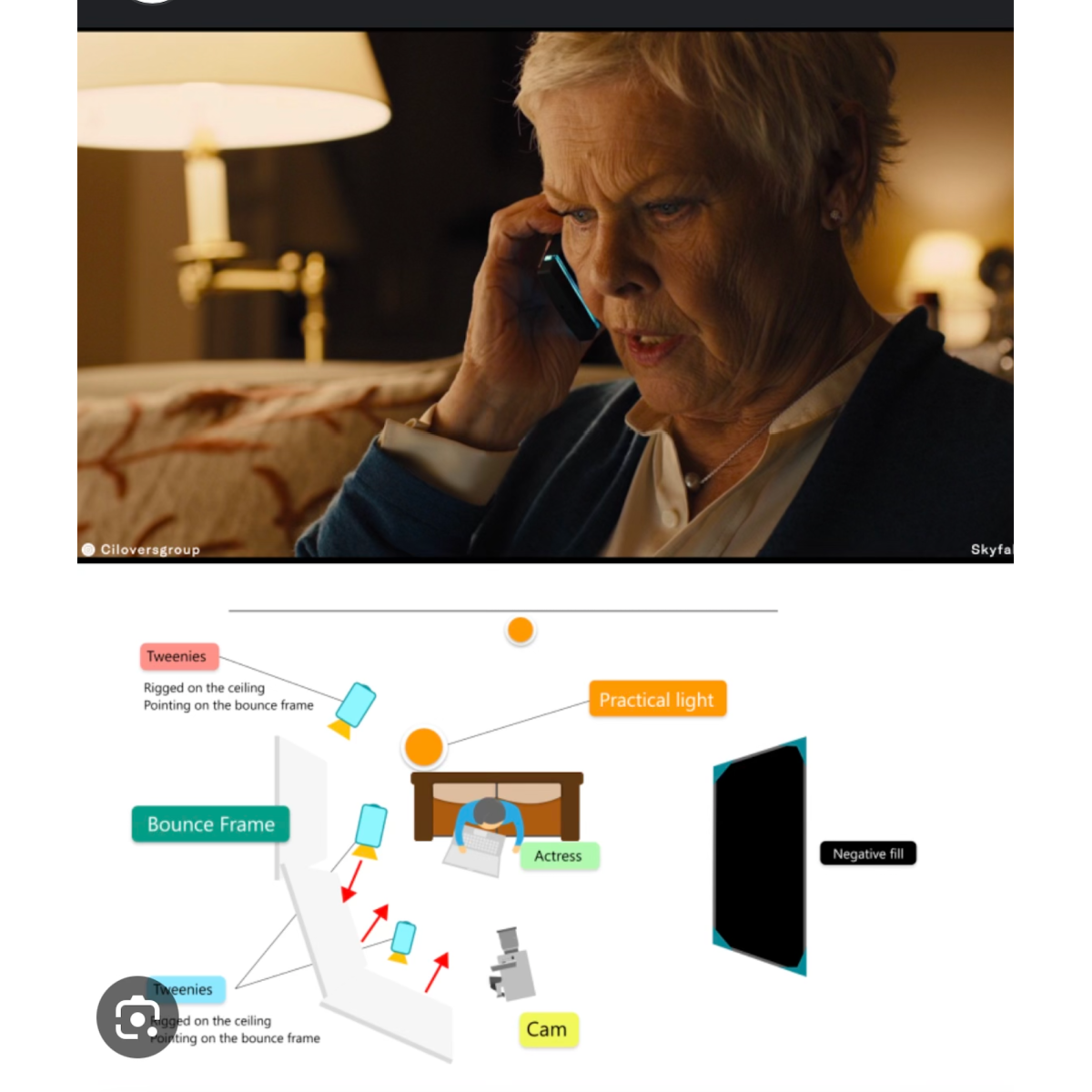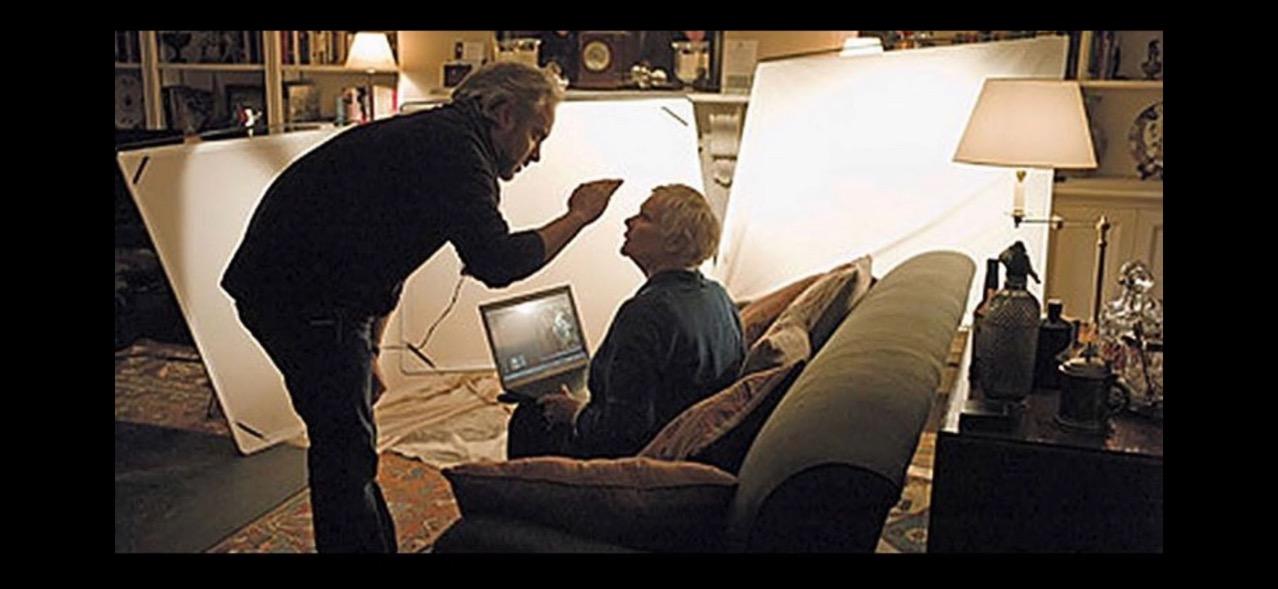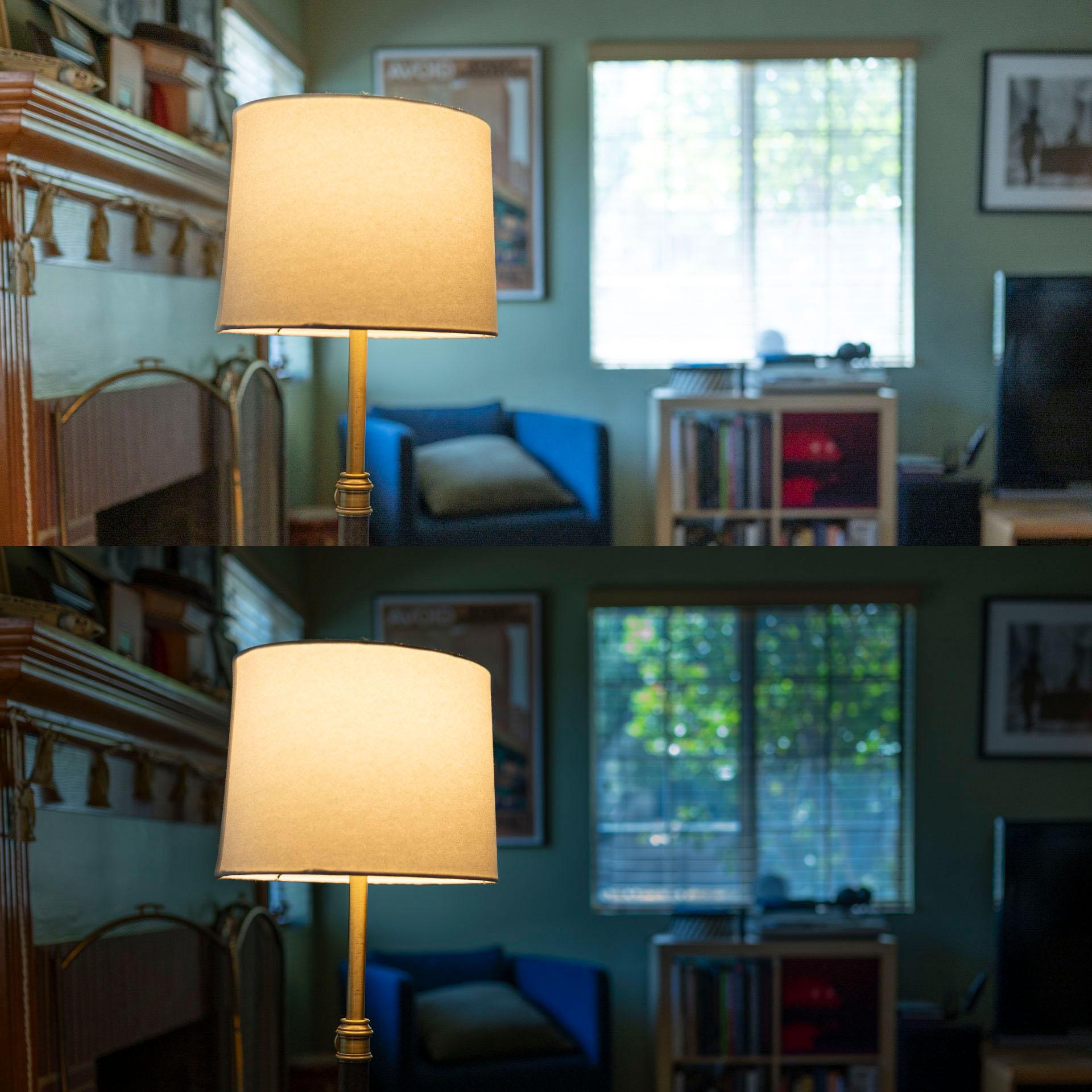-
Search Results
-
Hello Mr. Deakins and all the cinematographers over this fantastic forum. I hope you Mr. Deakins and Mrs. James are well.
It’s a long time no writing a post (it’s a weird period of my life) but every day I check the forum and the website to find interesting things to learn from you.Today I would like to ask you, if it is possible, something different and in specific your thought about a situation (I don’t know if you had one in your career) where production or a director calls for an interview to hire a cinematographer for a project, but when you are there the director has already a very detailed script treatment (with visual strategies, colors, mood and lighting, camera movements, shot-list, and even storyboard with angles) and he or she wants to stick with it.
In that case, should we be pure “employees” and executors? I mean, I love doing this role (and maybe I’m too ambitious for my real level) and there are long periods when my phone doesn’t ring, but it seems a bit “reductive” and not so much stimulating going to the set and setting light and camera for shots where I don’t give a minimum of myself as a person and as a human being.
I know that we are collaborators and that a motion picture product (a short film or a feature or a commercial etc.) is a result of collaboration, I know that there is only one director, but this mode of seeing a cinematographer seems to me a bit “disposable” and also a bit “underestimate”
I’m not in this kind of situation, but I saw a similar one and then I felt like talking about it and asking you and your thought about it.
As usual, I want to thank you for your time and your availability. I know you are very busy so I will of course understand if you can’t reply.
I apologize for my bad English.
I wish you a peaceful day.
Max.
CBE, ASC, BSC



